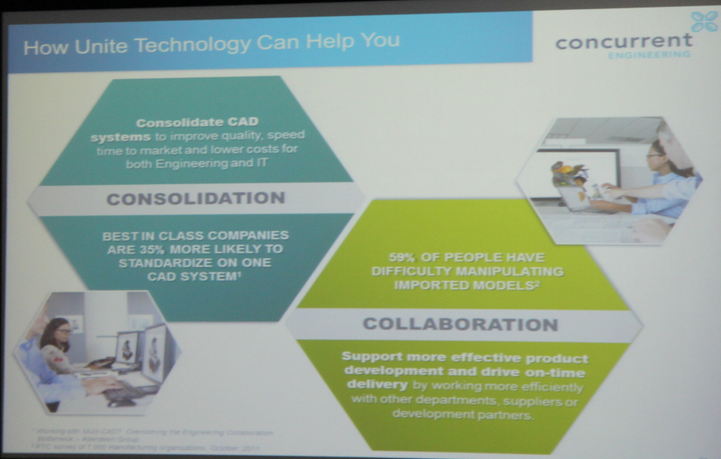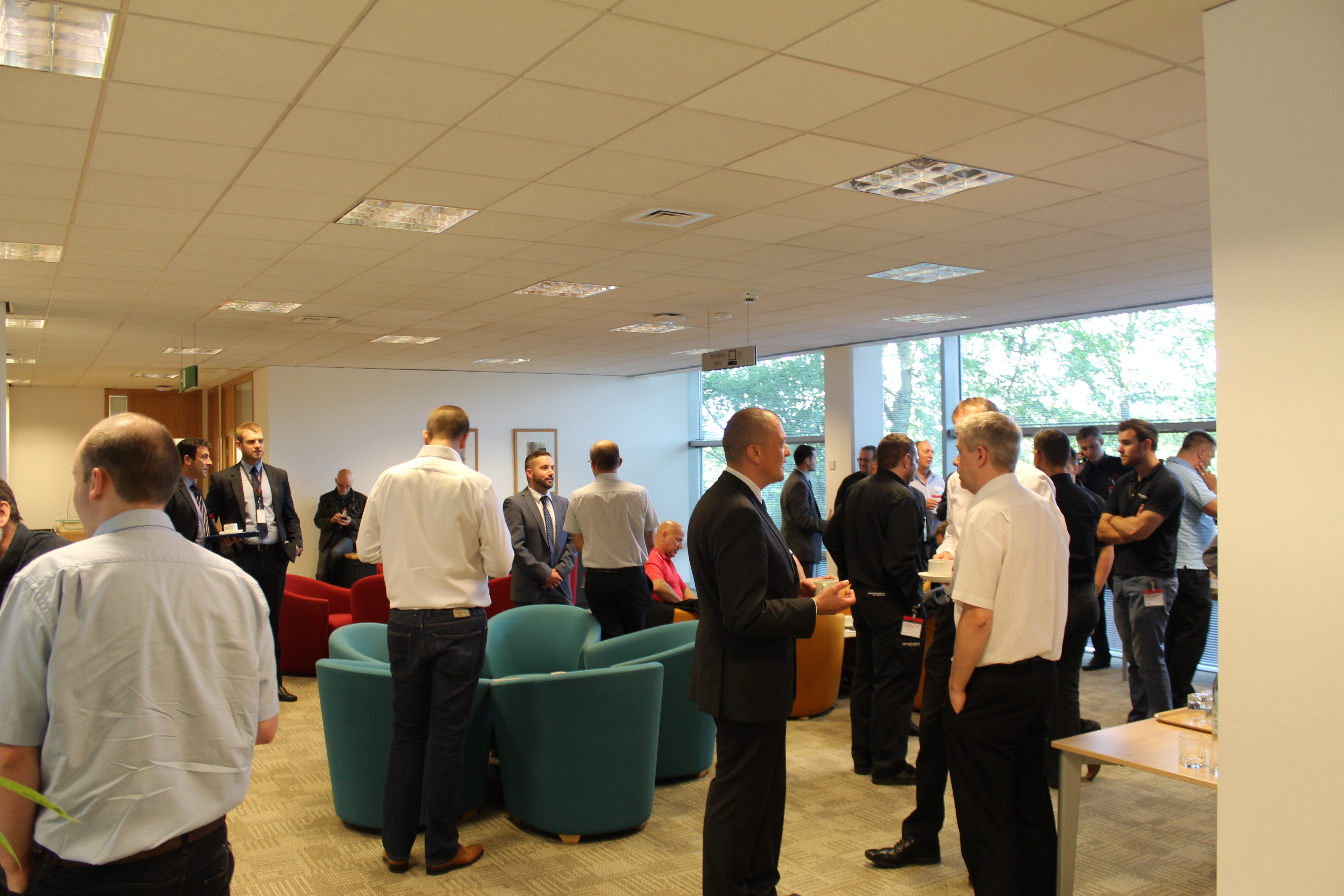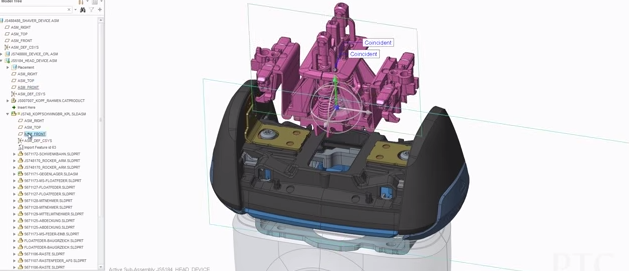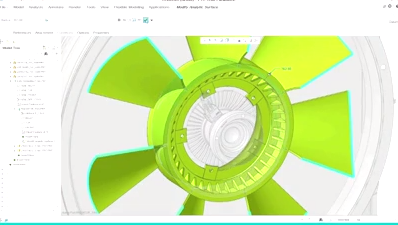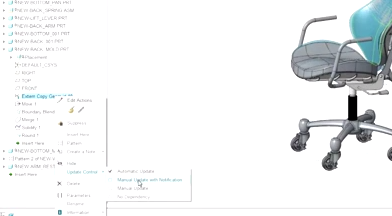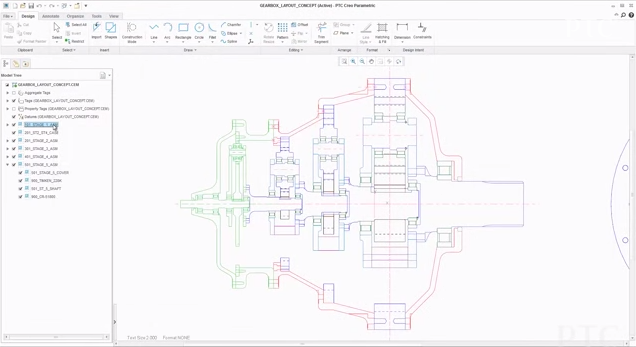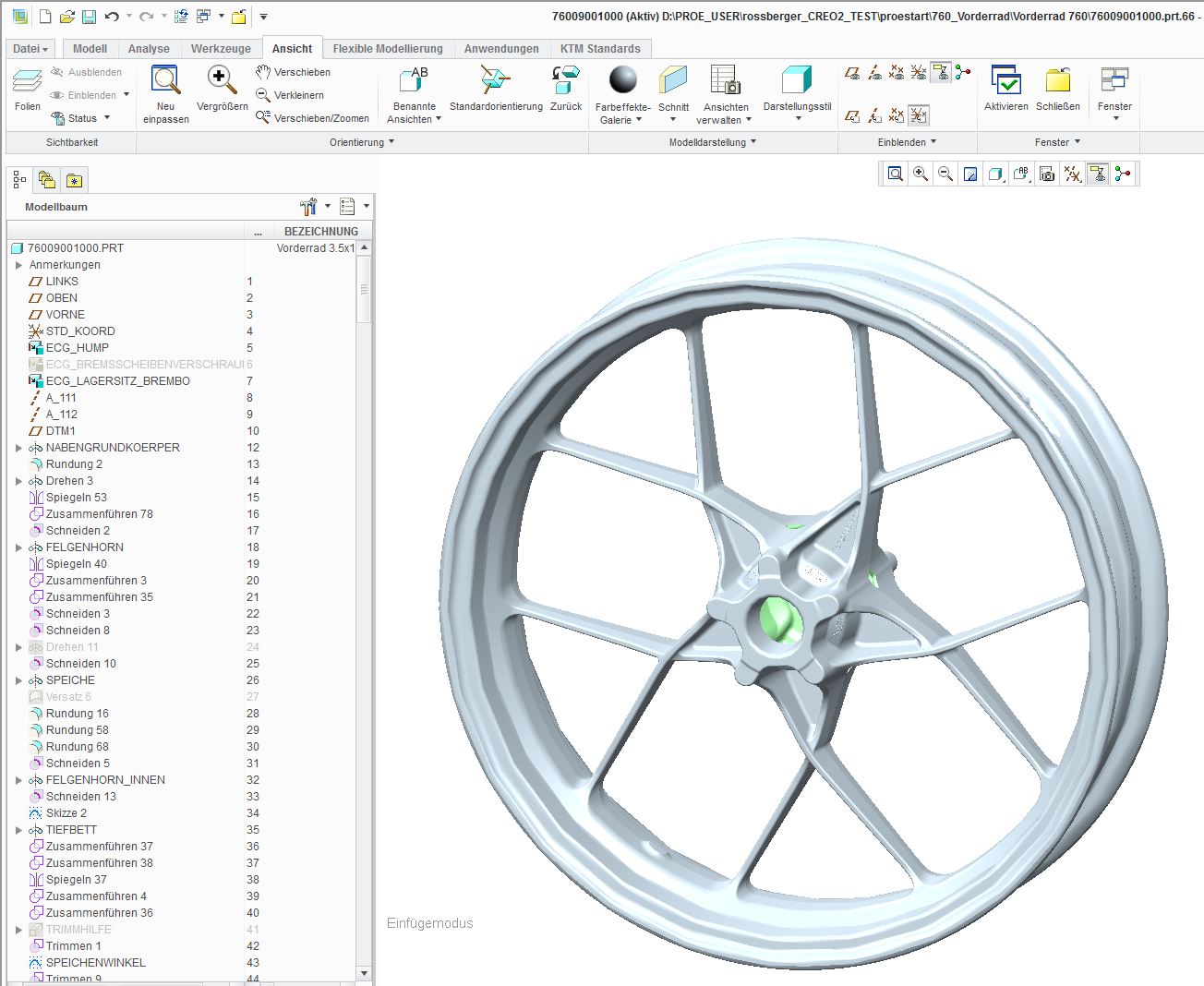You’re probably familiar with the challenges that are associated with increasing product complexity. It’s an issue that’s resulting in many companies reviewing their CAD capabilities, to see how they match up to their CAD needs. But, actually, there’s a lot that can be achieved by emulating the way best in class companies use their CAD tools. In fact, according to research by Aberdeen, these exceptional CAD users are able to decrease their product design time and costs by nearly double the amount compared to the industry average. So what are the product design secrets that enable these results?



